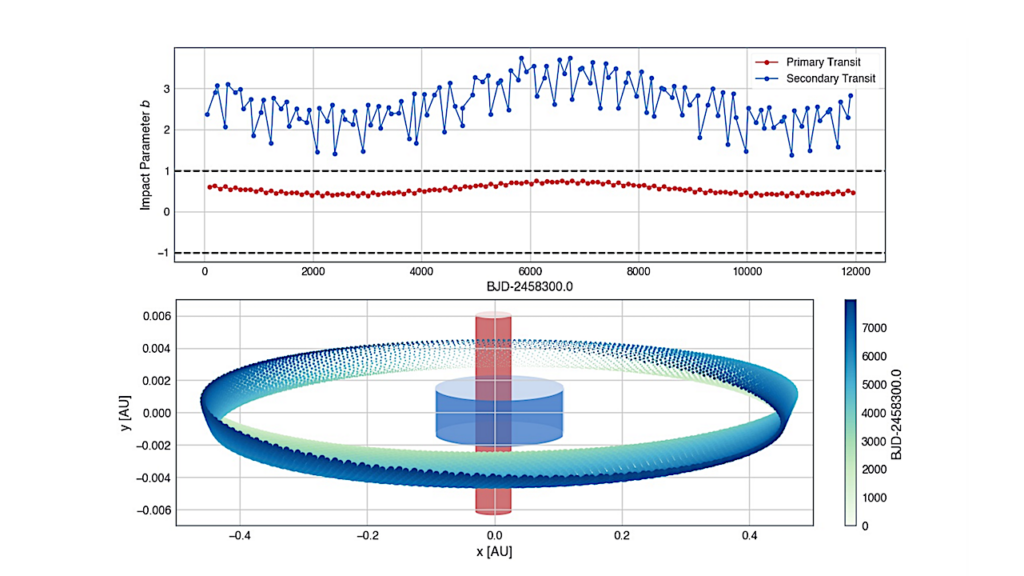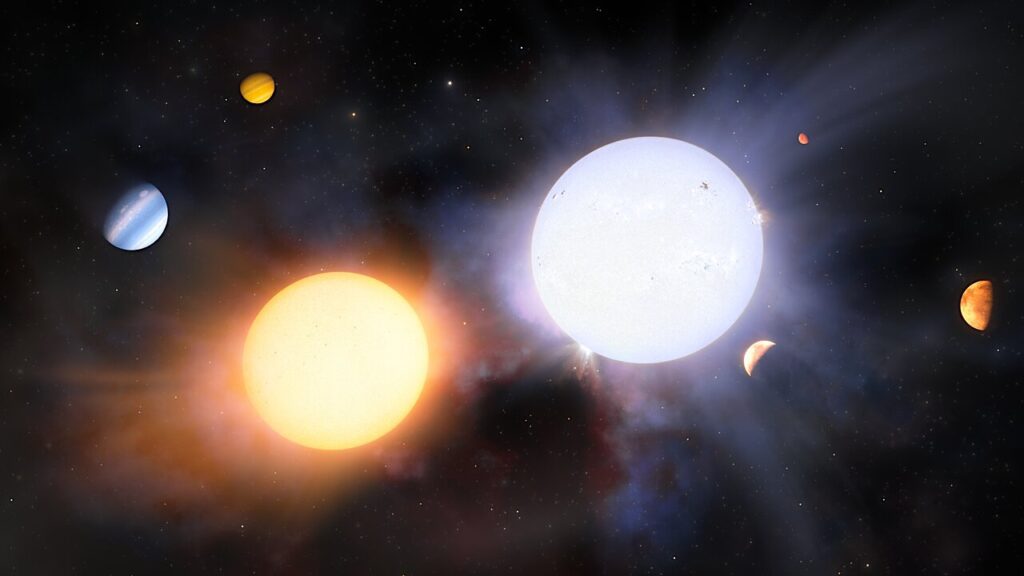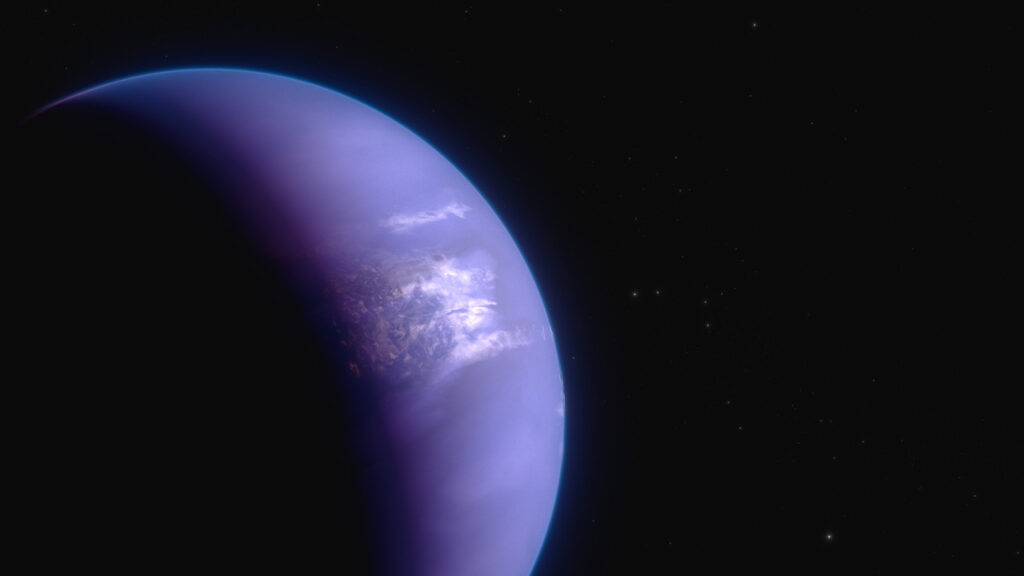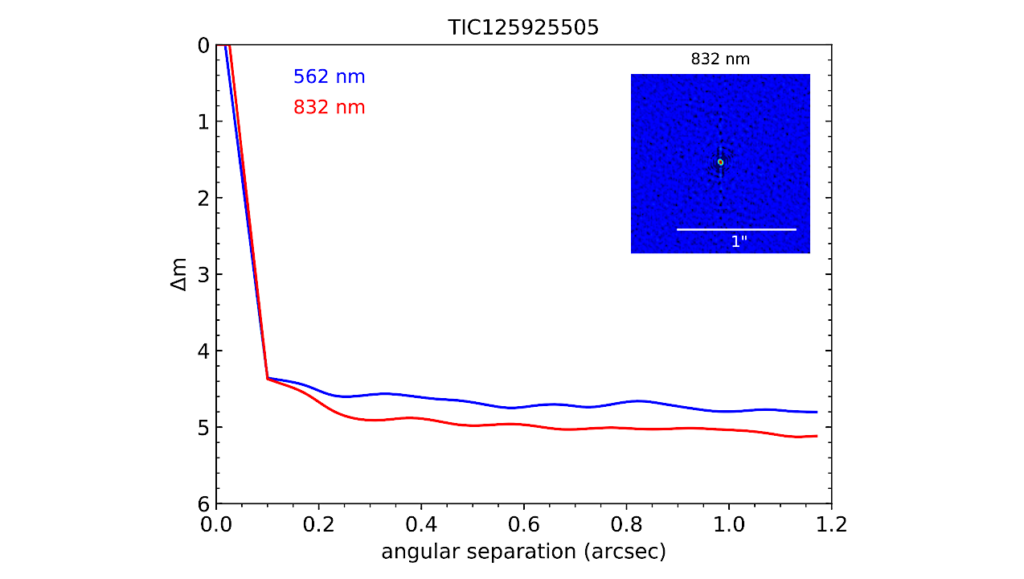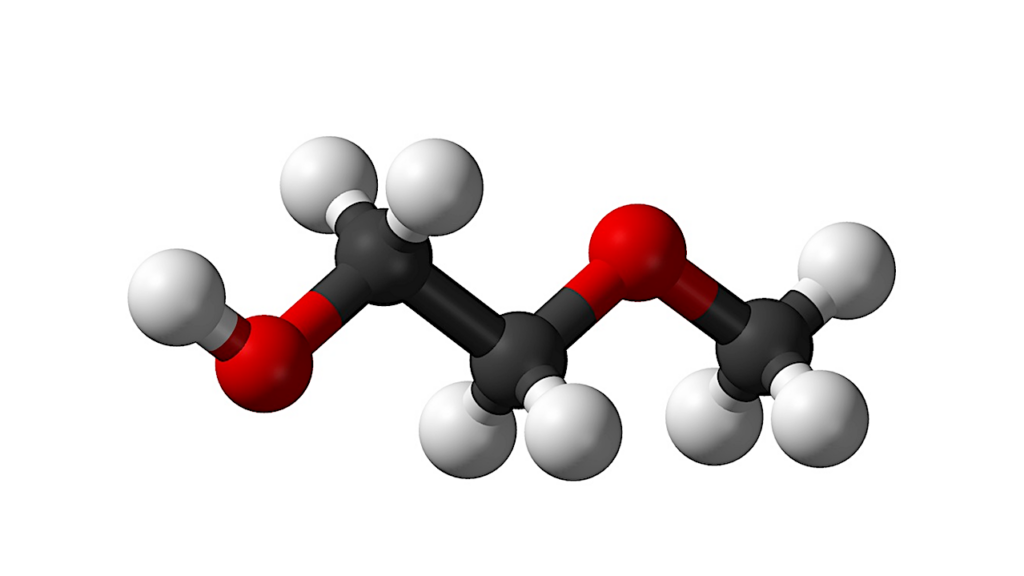Current Laboratory Performance Of Starlight Suppression Systems, And Potential Pathways To Desired Habitable Worlds Observatory Exoplanet Science Capabilities
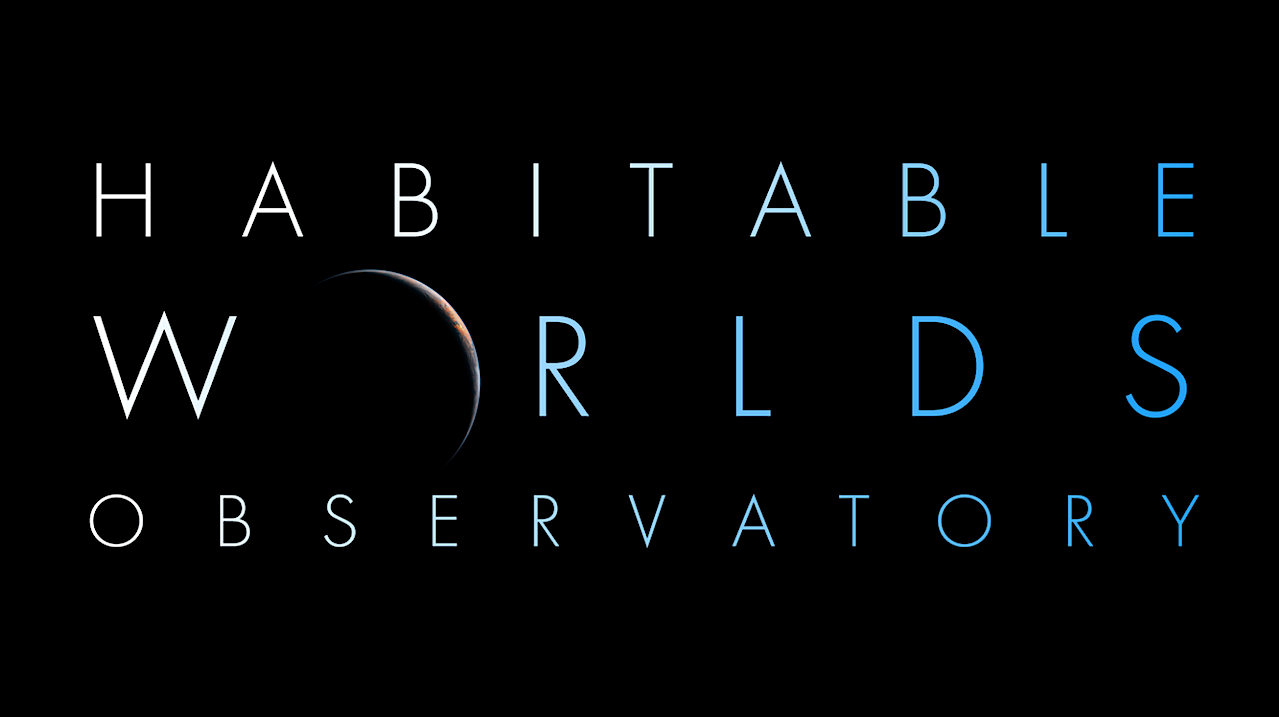
We summarize the current best polychromatic (10 to 20 % bandwidth) contrast performance demonstrated in the laboratory by different starlight suppression approaches and systems designed to directly characterize exoplanets around nearby stars.
We present results obtained by internal coronagraph and external starshade experimental testbeds using entrance apertures equivalent to off-axis or on-axis telescopes, either monolithic or segmented. For a given angular separation and spectral bandwidth, the performance of each starlight suppression system is characterized by the values of raw contrast (before image processing), off-axis (exoplanet) core throughput, and post-calibration contrast (the final 1 sigma detection limit of off-axis point sources, after image processing).
To place the current laboratory results in the perspective of the future Habitable Worlds Observatory (HWO) mission, we simulate visible observations of a fiducial Earth/Sun twin system at 12 pc, assuming a 6m (inscribed diameter) collecting aperture and a realistic end-to-end optical throughput. The exposure times required for broadband exoearth detection (20% bandwidth around a wavelength of 0.55 microns) and visible spectroscopic observations (R=70) are then computed assuming various levels of starlight suppression performance, including the values currently demonstrated in the laboratory.

Schematic exoplanet observations using an external starshade flying tens of thousands of kilometers in front of the telescope, along the line of sight to the target star. — astro-ph.IM
Using spectroscopic exposure time as a simple metric, our results point to key starlight suppression system design performance improvements and trades to be conducted in support of HWO exoplanet science capabilities. These trades may be explored via numerical studies, lab experiments, as well as high contrast space-based observations and demonstrations.
Bertrand Mennesson, Ruslan Belikov, Emiel Por, Eugene Serabyn, Garreth Ruane, A.J. Eldorado Riggs, Dan Sirbu, Laurent Pueyo, Remi Soummer, Jeremy Kasdin, Stuart Shaklan, Byoung-Joon Seo, Christopher Stark, Eric Cady, Pin Chen, Brendan Crill, Kevin Fogarty, Alexandra Greenbaum, Olivier Guyon, Roser Juanola-Parramon, Brian Kern, John Krist, Bruce Macintosh, David Marx, Dimitri Mawet, Camilo Mejia Prada, Rhonda Morgan, Bijan Nemati, Leonid Pogorelyuk, Susan Redmond, Sara Seager, Nicholas Siegler, Karl Stapelfeldt, Sarah Steiger, John Trauger, a James K. Wallace Marie Ygouf, Neil Zimmerman
Comments: 63 pages, 28 pages, submitted to JATIS
Subjects: Instrumentation and Methods for Astrophysics (astro-ph.IM)
Cite as: arXiv:2404.18036 [astro-ph.IM] (or arXiv:2404.18036v1 [astro-ph.IM] for this version)
Submission history
From: Bertrand Mennesson
[v1] Sun, 28 Apr 2024 00:44:37 UTC (12,370 KB)
https://arxiv.org/abs/2404.18036
Astrobiology



